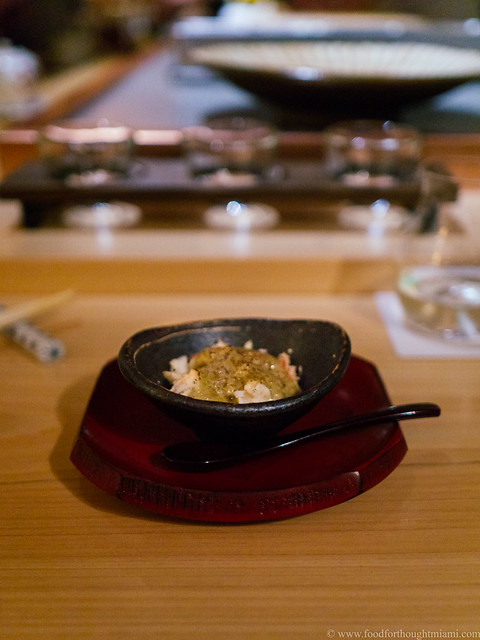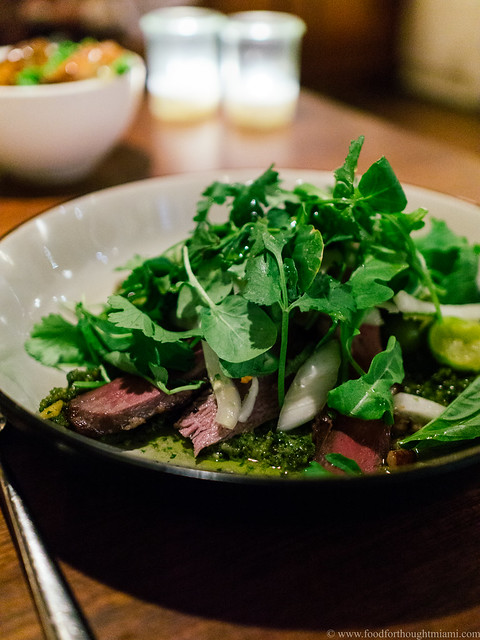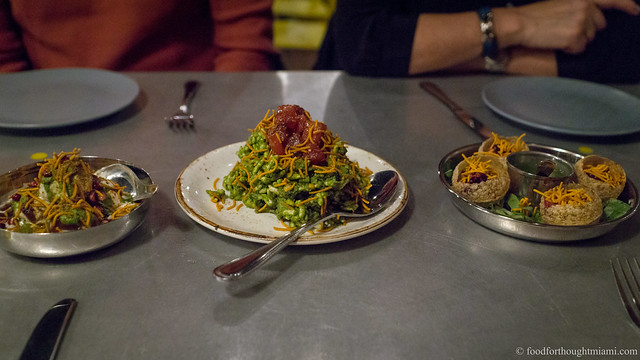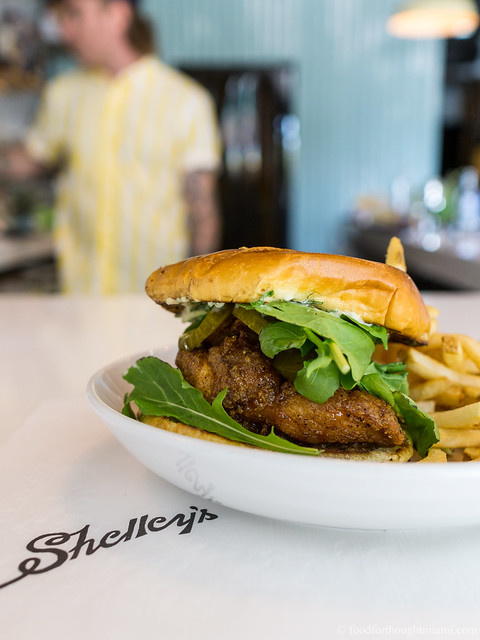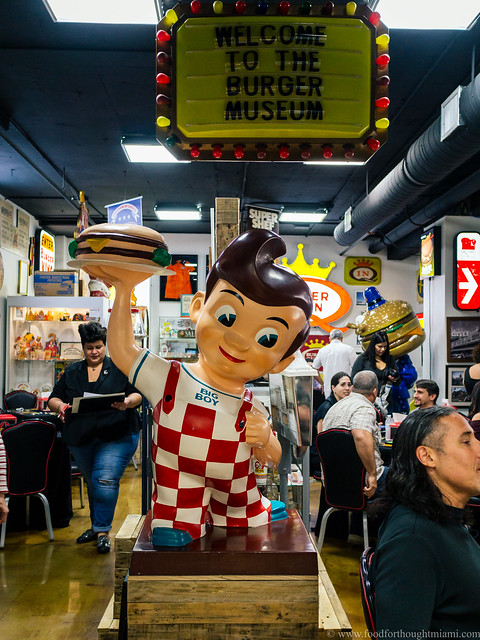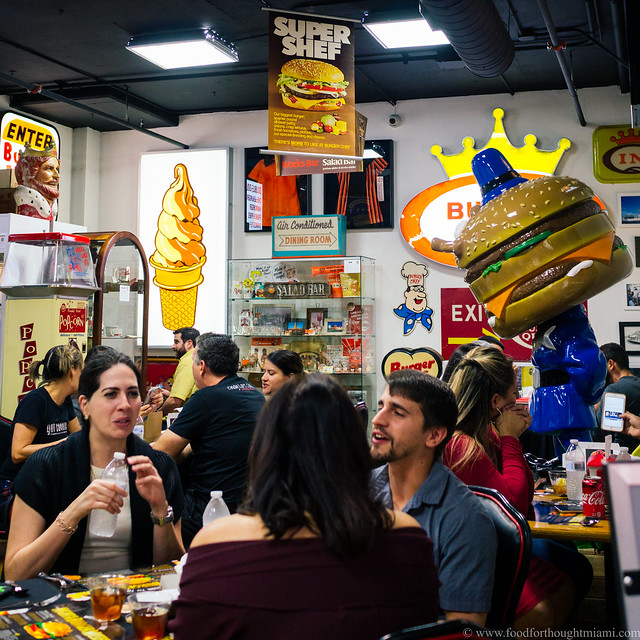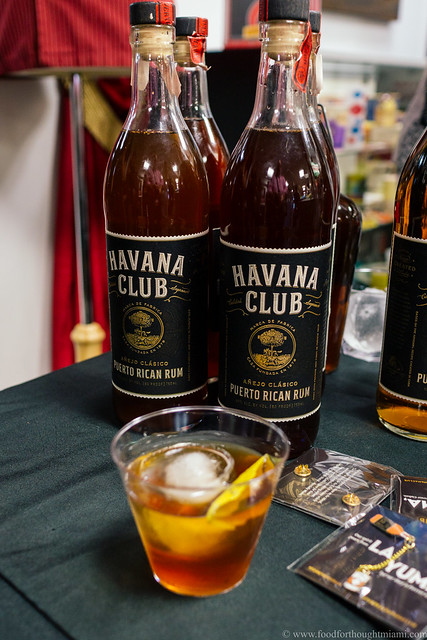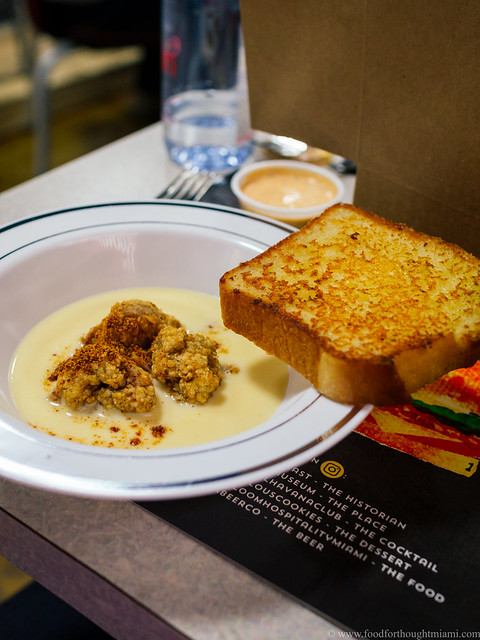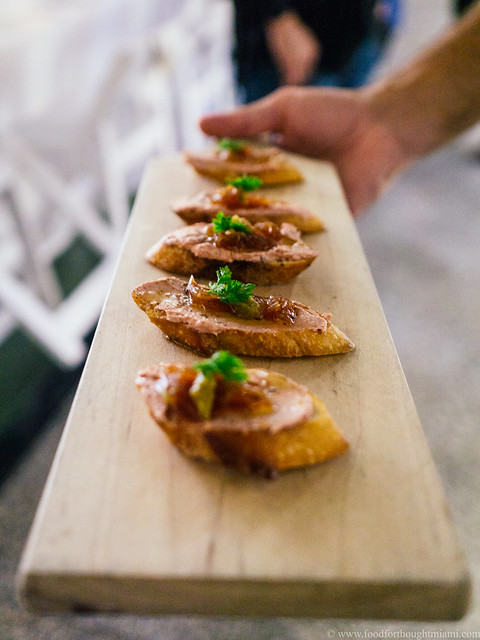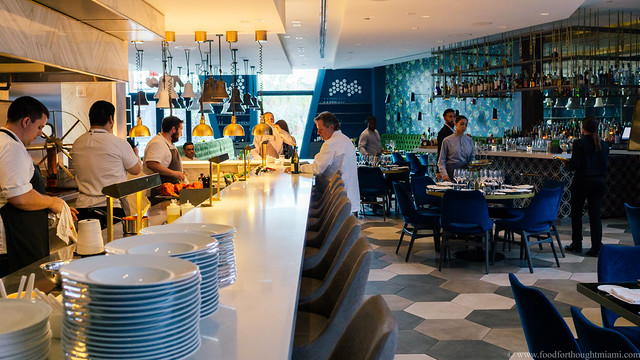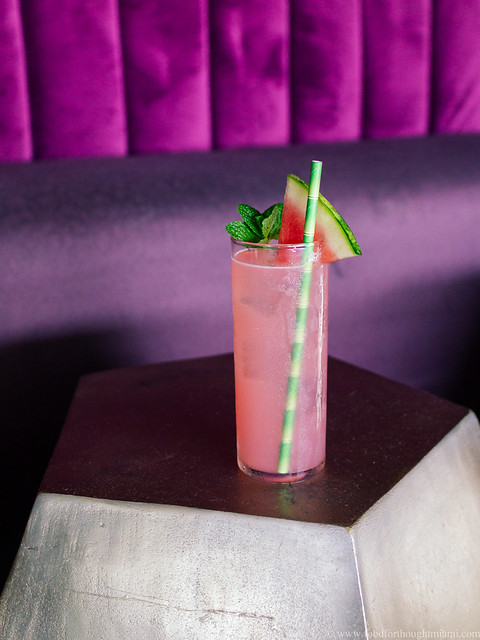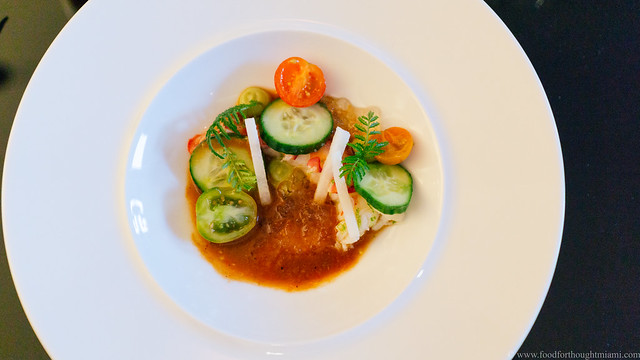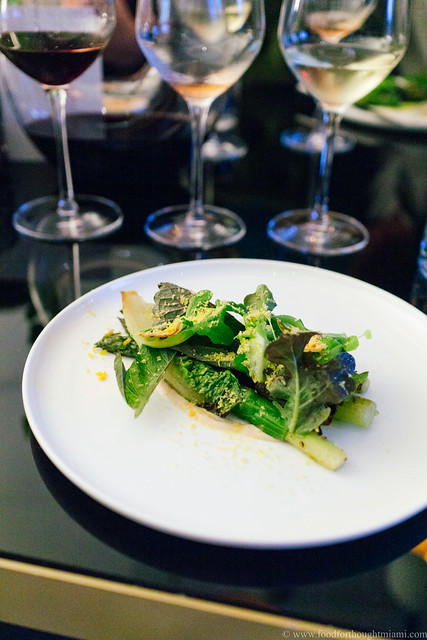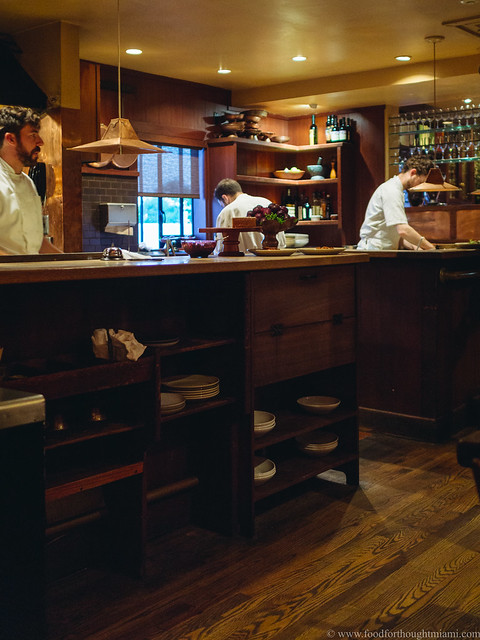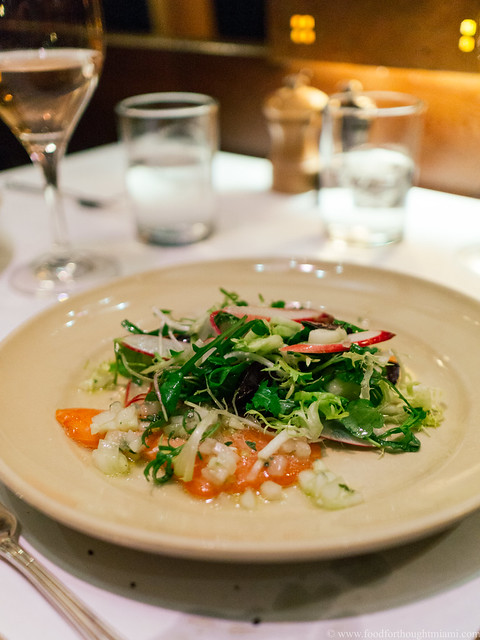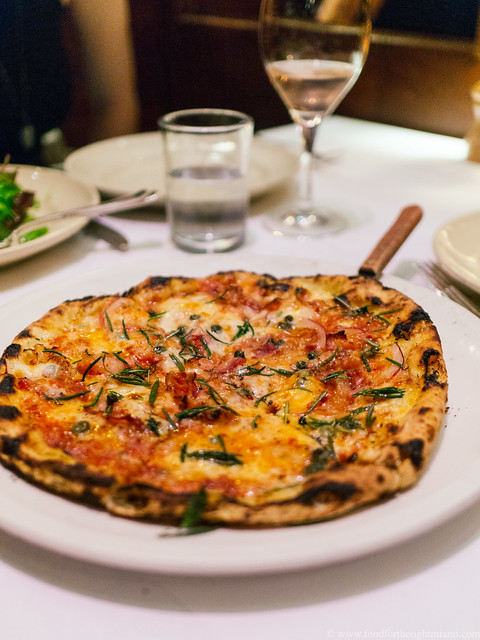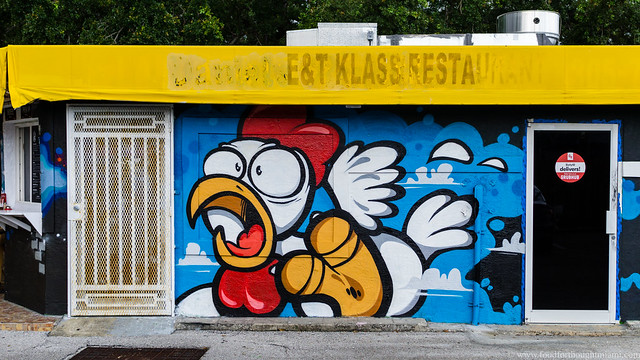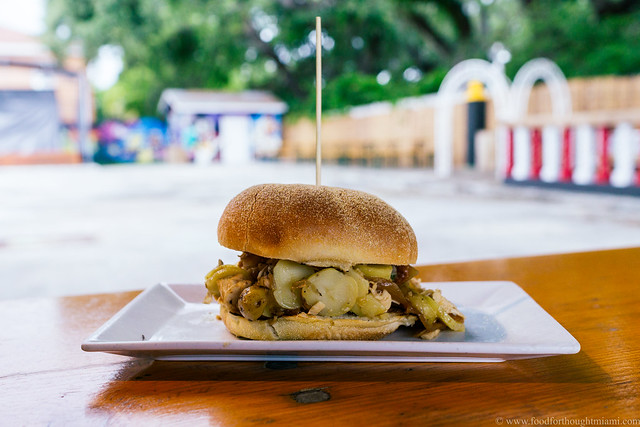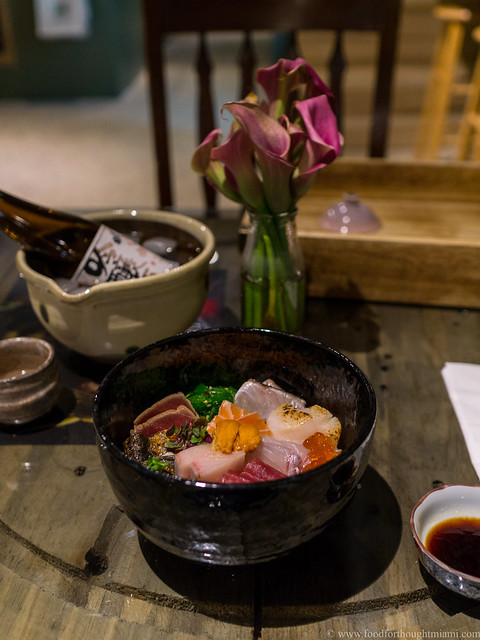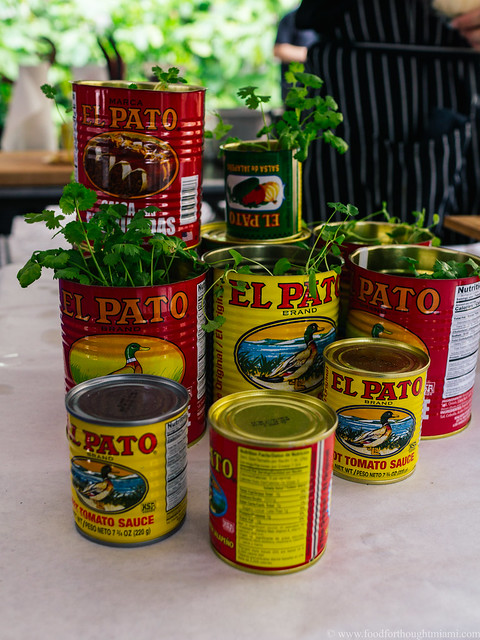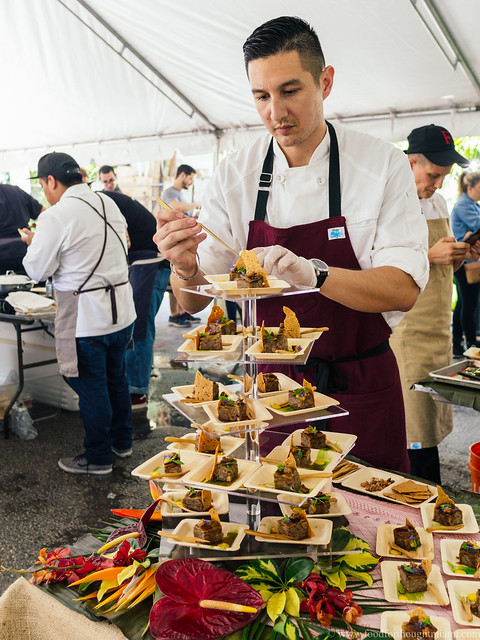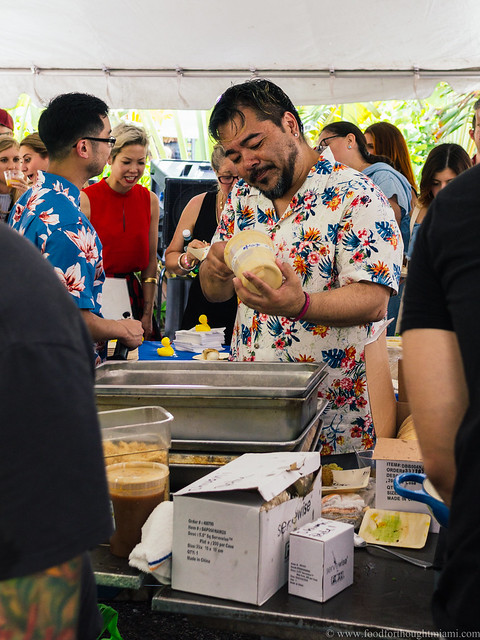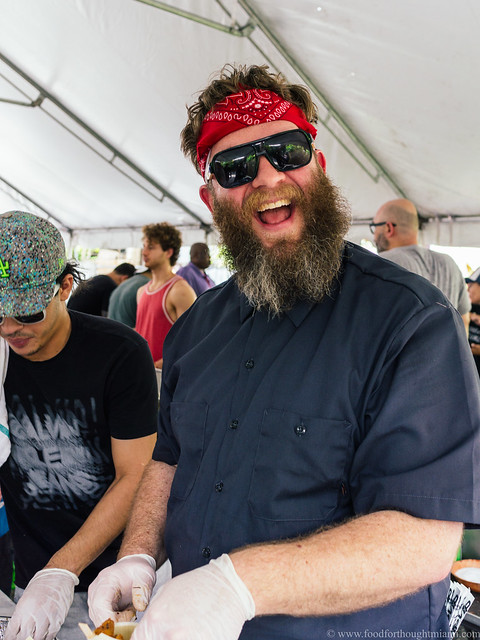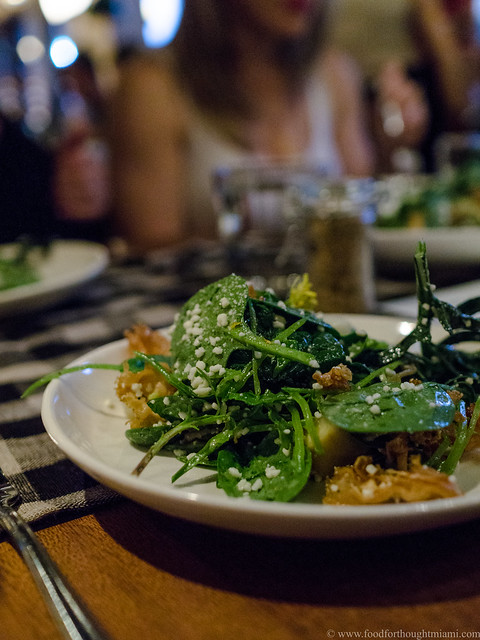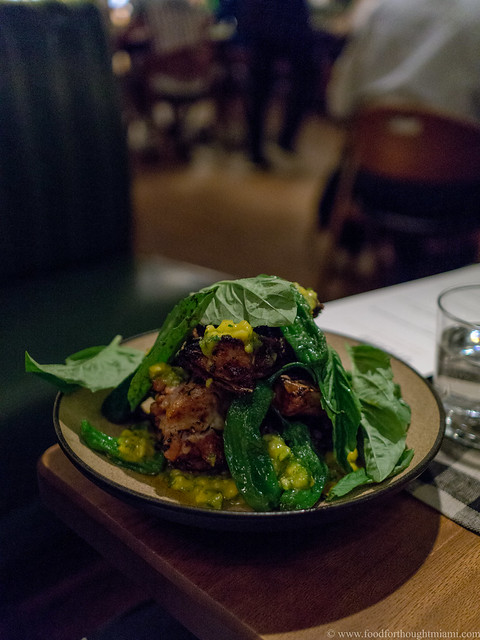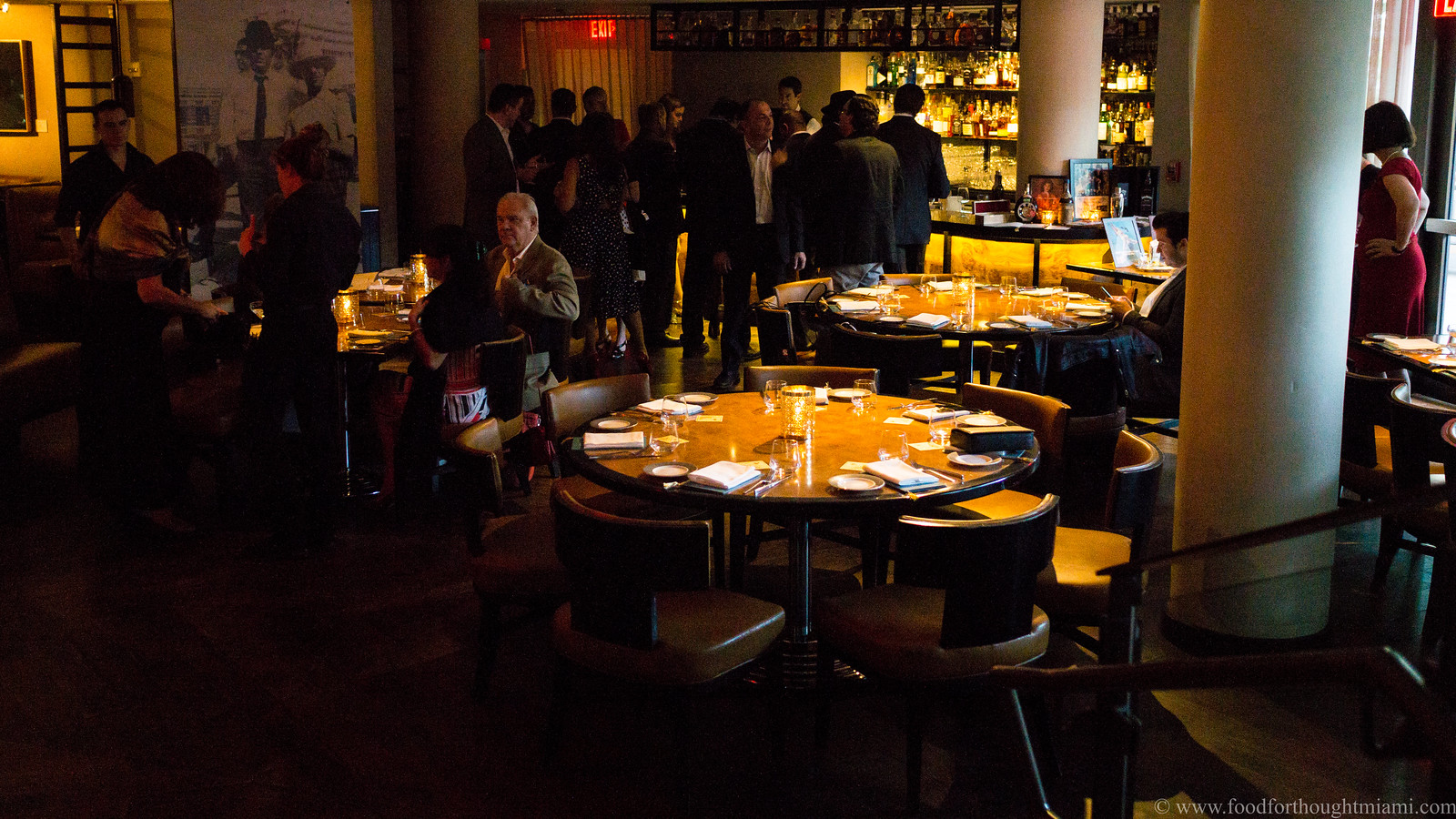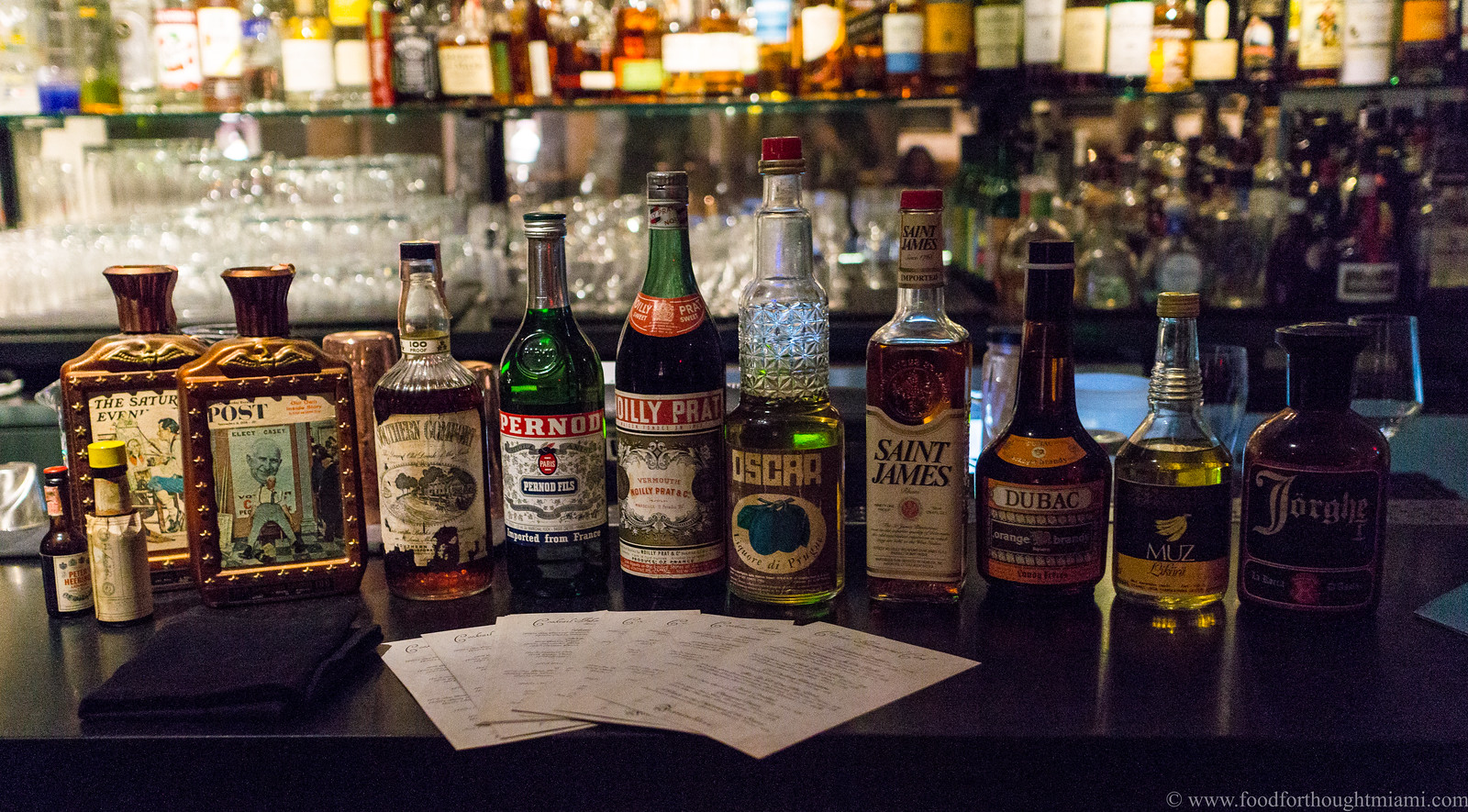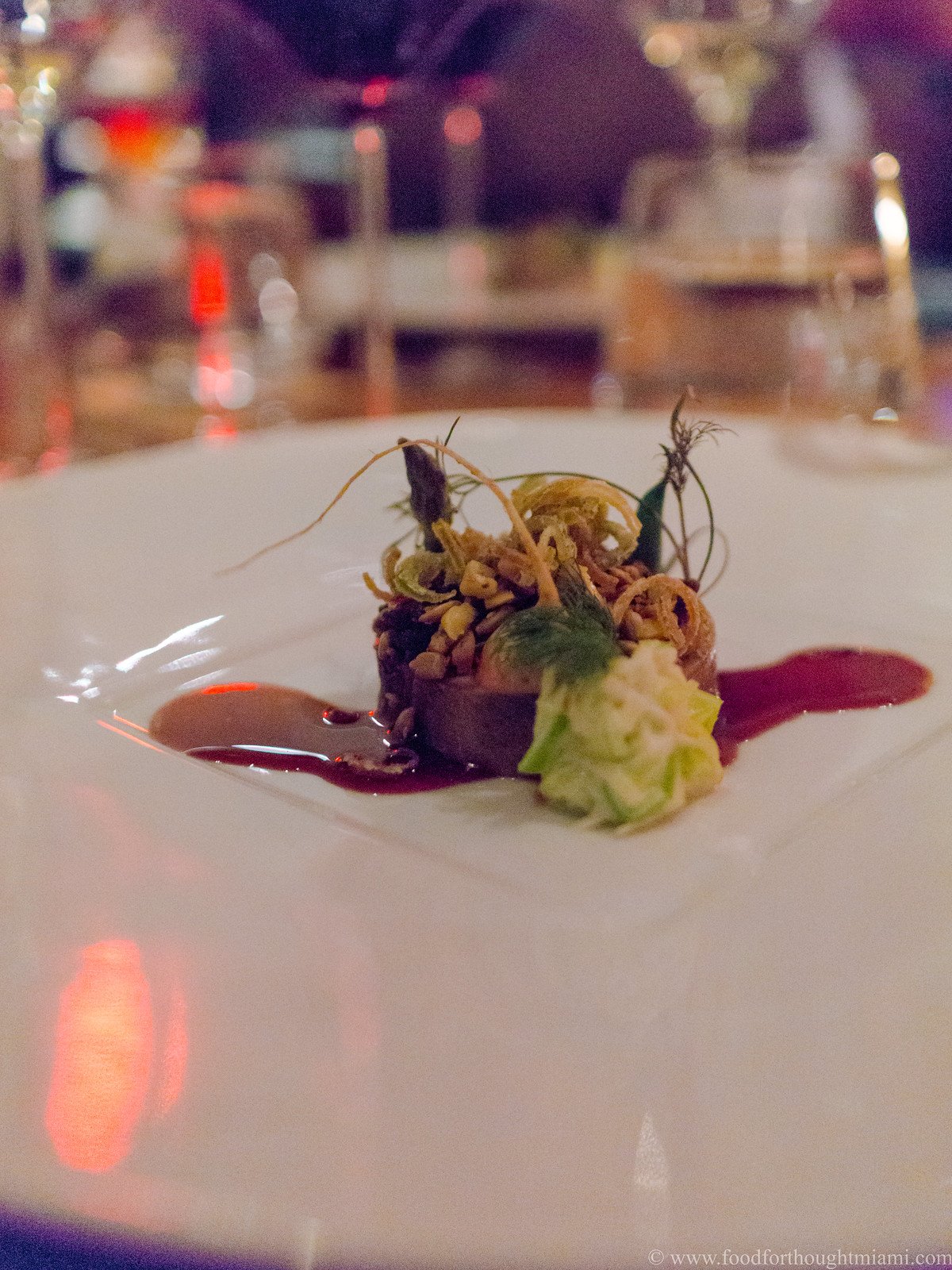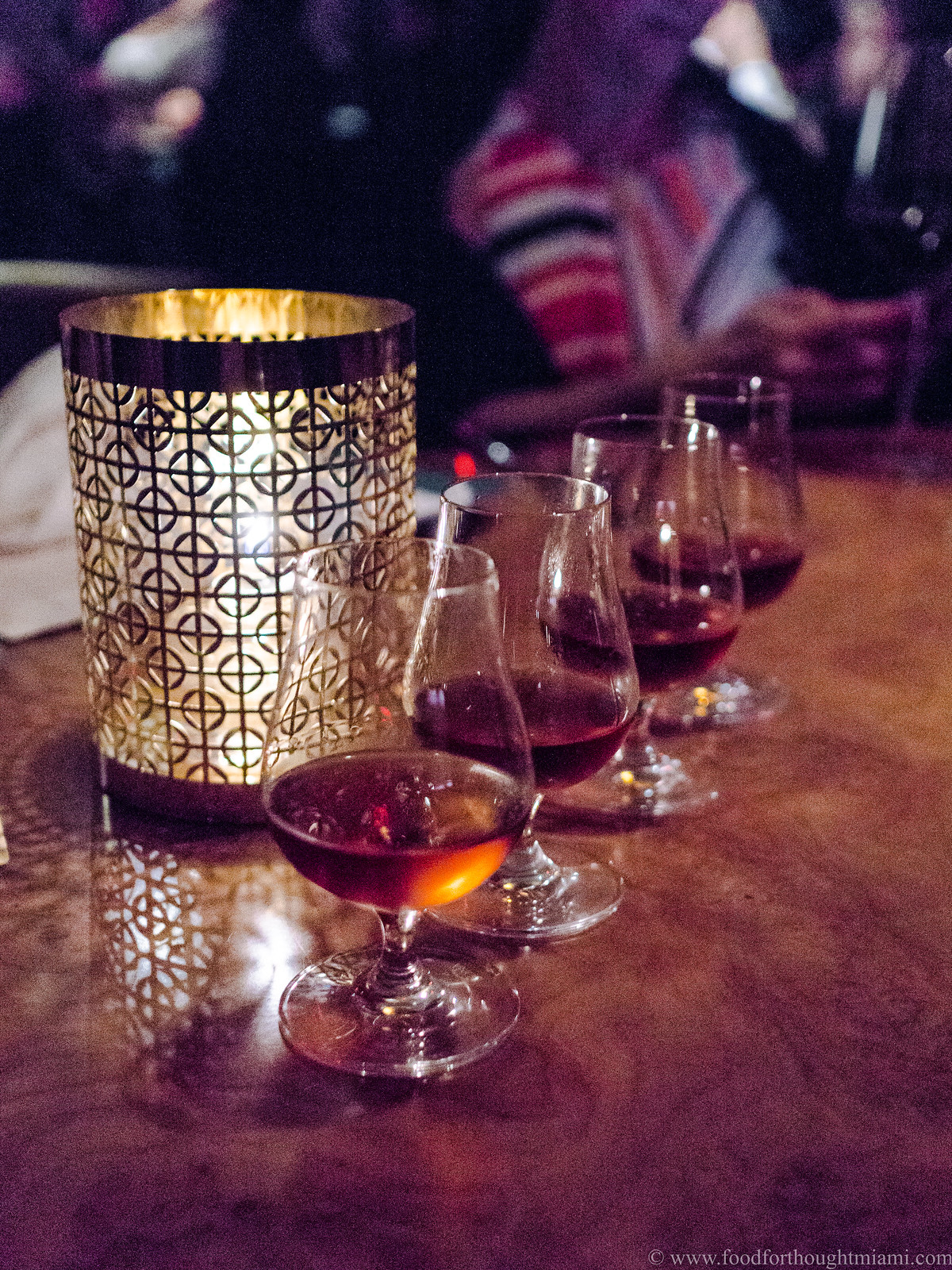This time last year, I felt out of touch with much of the local dining universe: 2017 was the
year of the "to-do list" for me, during which the much-talked-about local openings outpaced even my appetite (or at least my schedule). But 2018 was the year of catching up, at least to some extent. After submitting my list of "
Top Restaurant Newcomers" for
Eater's annual year in review, I realized that several of them had actually opened late last year.
[1] Well, some of us just operate at a different pace.
Speaking of pace, the posting schedule here at FFT has undeniably slowed of late. Sometimes a lack of inspiration can be to blame, but that really wasn't the case during a year in which we ate quite well, both here at home in Miami and on visits to New York, L.A., Chicago, the Bay Area, the Pacific Northwest, and Greece. Short trips, often on short notice, meant fewer "trophy" dining opportunities, but still no shortage of good meals.
Of the 36 dishes I've put on this list, more than half were served here in South Florida. That's a big difference from years past, when usually only a third or so are locally grown. Unfortunately, several of those are from restaurants that no longer exist. Last year saw the demise of several places that were already fond favorites or rapidly joining that category:
Proof, Gaijin by Cake,
Shelley's,
Wabi Sabi by Shuji.
[2] But all is not lost: Justin Flit, the talented chef from Proof, has been doing a pizza pop-up at
Taurus in Coconut Grove, and has more things in the works with
Ariete's Michael Beltran; Thongsodchareondee Phuket ("Chef Cake") still has the original Cake Thai on Biscayne Boulevard, recently opened a Thai street food stand in the
1-800-LUCKY food hall, and has all sorts of other things in the pipeline; Shelley's chef Cleophus Hethington is working on
Ebi Chop Bar, which will focus on the foods of the African diaspora; I'm still crossing my fingers that Shuji Hiyakawa comes back from Japan to reopen Wabi Sabi.
Anyway, let's get to the good stuff. As always, despite the title, there's no pretense here that this list reflects the "best" of anything other than my personal favorites from a year of dining, listed chronologically.
I'd managed to eat Niven Patel's food several times before he'd opened either the first
Ghee Indian Kitchen in Dadeland, or its sibling in the Design District, including via a
Cobaya dinner he hosted at Rancho Patel last year. But it took me a little while to get to the restaurants. So Ghee – which opened down south a few months after our Cobaya event, and in the Design District in late 2017 – was on my "Top Restaurant Newcomers" list anyway. It's more than just a top newcomer. It's more than just the best Indian restaurant (for my money) in Miami. It's one of Miami's top restaurants, period.
The combination of Indian flavors with a real-deal farm-to-table ethos – the menu highlights an increasing number of items that come straight from the Rancho Patel farm Niven and his family run in Homestead – is on display in pretty much all the dishes. But I have a particular fondness for the chaats: boldly flavored, intriguingly textured, snack-y items like the pani puri, delicate, crispy little cups filled with sprouted moong beans, diced beets into which you spoon a spiced green juice, or the dahi vada, hearty lentil fritters doused with date chutney and yogurt, or the bhel puri bound with mashed avocado and topped with raw tuna.
 |
| potato darphin, Maine uni, jalapeño - Wildair |
I did not spend nearly enough time in New York this past year. In fact, I was only in the city once, for an overnight business trip. That was enough time to pay my first, very belated, visit to
Wildair, Fabian Von Hauske and Jeremiah Stone's delightful Lower East Side wine bar type spot, and to sample a signature dish. It's no wonder the potato darphin can never leave the menu. It starts with the platonic ideal of a McDonald's hash brown or a Channukah latke, depending on your point of reference: hot, crunchy, creamy all at once. That gets brushed with a thin veneer of spicy pickled jalapeño with a hit of citrus (yuzu kosho?). Then it's topped with a generous mound of silky, mildly briny Maine uni, served cold like the winter ocean, for some contrast against the hot potatoes. That's a great dish, even better with some funky pet-nat wine to accompany it.
Boy, did
I ever have a crush on
Shelley's. Chef Cleophus Hethington and barman Brian Griffiths were doing something pretty special in, of all places, sleepy South Miami: a quirky, seafood-centric menu, matched up with an equally eccentric selection of pre-batched or frozen cocktails. I was completely smitten, particularly by the fried chicken sandwich, which mostly played things straight but then threw a curve-ball with a funky fish sauce caramel.
She's relaxed and friendly, but she's serious about her cooking. Like her fried chicken sandwich, one of the best I've ever had. So crispy outside, so juicy inside, layered with pickle chips and fresh greens, on a squishy bun slathered with herb-flecked mayo. But what makes it special is a hit of Vietnamese style fish sauce caramel – a pungent, funky, salty-sweet burst of umami that you don't expect and that keeps drawing you back for more.
Shelley's, I miss you.
 |
| Florida bonito, soy, Hawaiian ginger, sea salt - Gaijin by Cake |
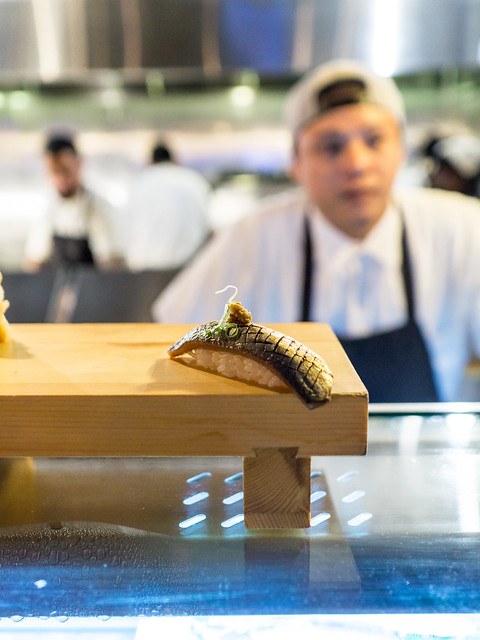 |
| Florida sardine with ginger and scallion- Gaijin by Cake |
There was a brief, shining moment in time when Gaijin by Cake, Cake's short-lived izakaya in Midtown Miami, had the most interesting sushi bar in Miami. With a big assist from Denni Cha, who is now up in Orlando at a place called
Sushi Pop, Cake was running a sushi menu that featured locally sourced fish and aging programs. Miami had never seen anything like this before. You can see the
whole lineup from a March omakase dinner here, from which my favorites were a sashimi of local bonito – a fish you rarely see in restaurants because it tends to spoil quickly, but which has the deep meatiness of really good tuna – and a nigiri of local sardine topped with ginger and scallion, a fish that is typically only used for bait here, but which is absolutely delightful when properly cured.
(continued ...)
